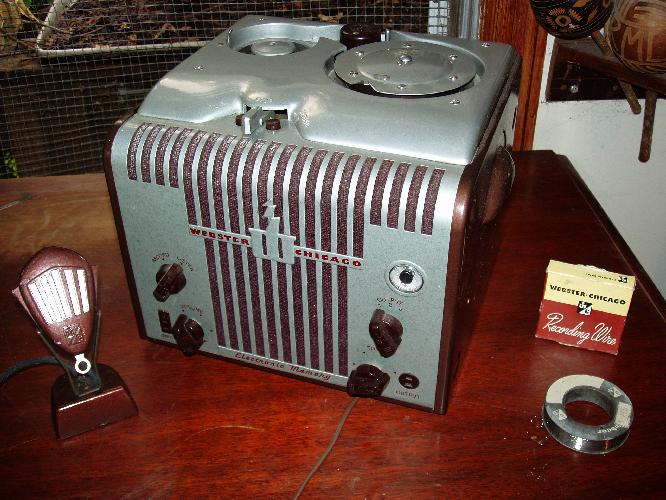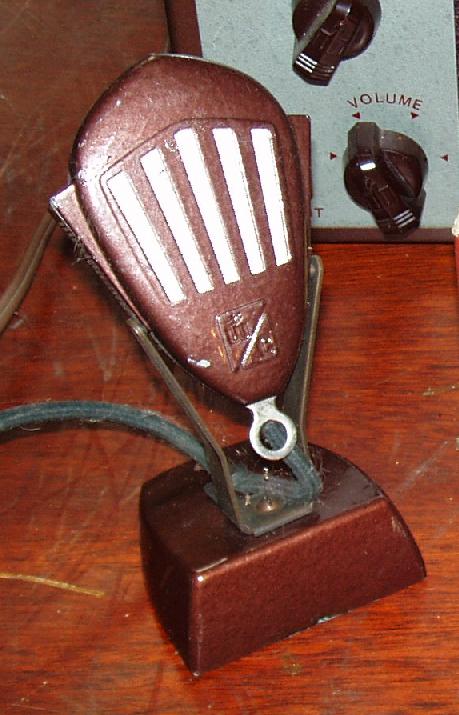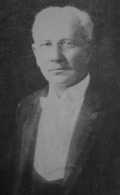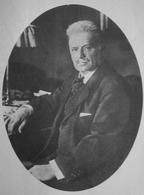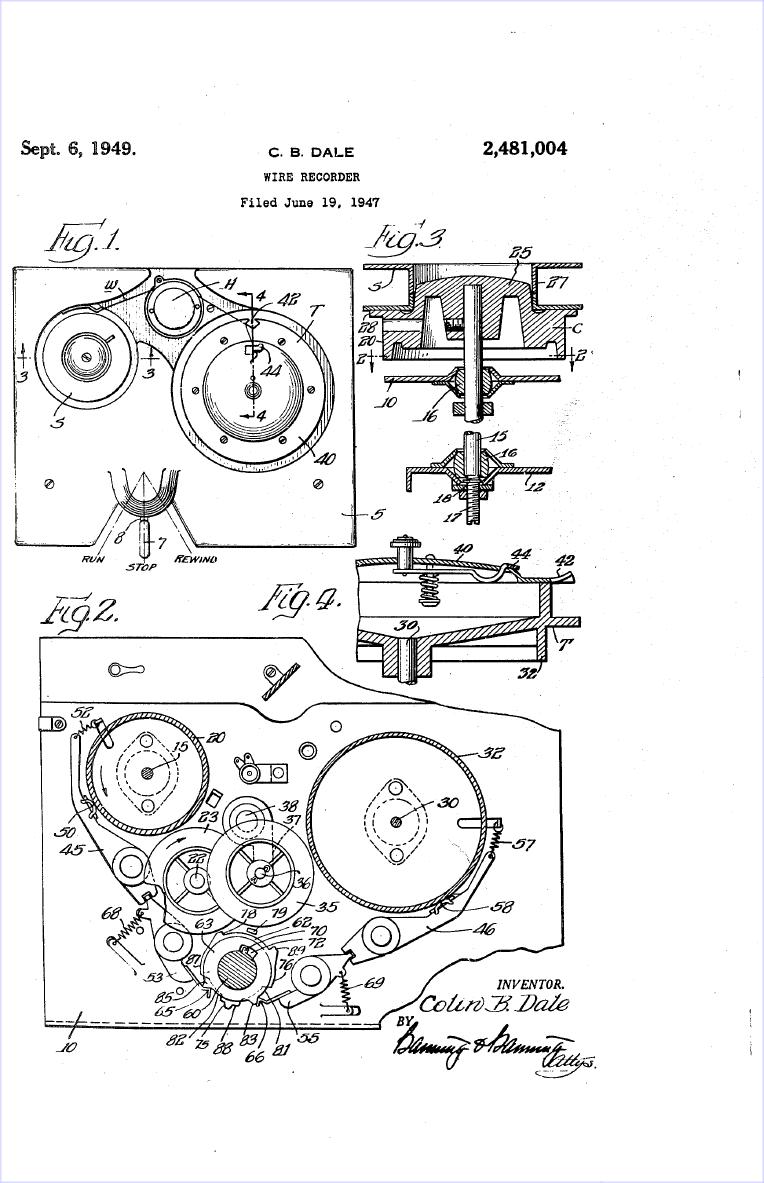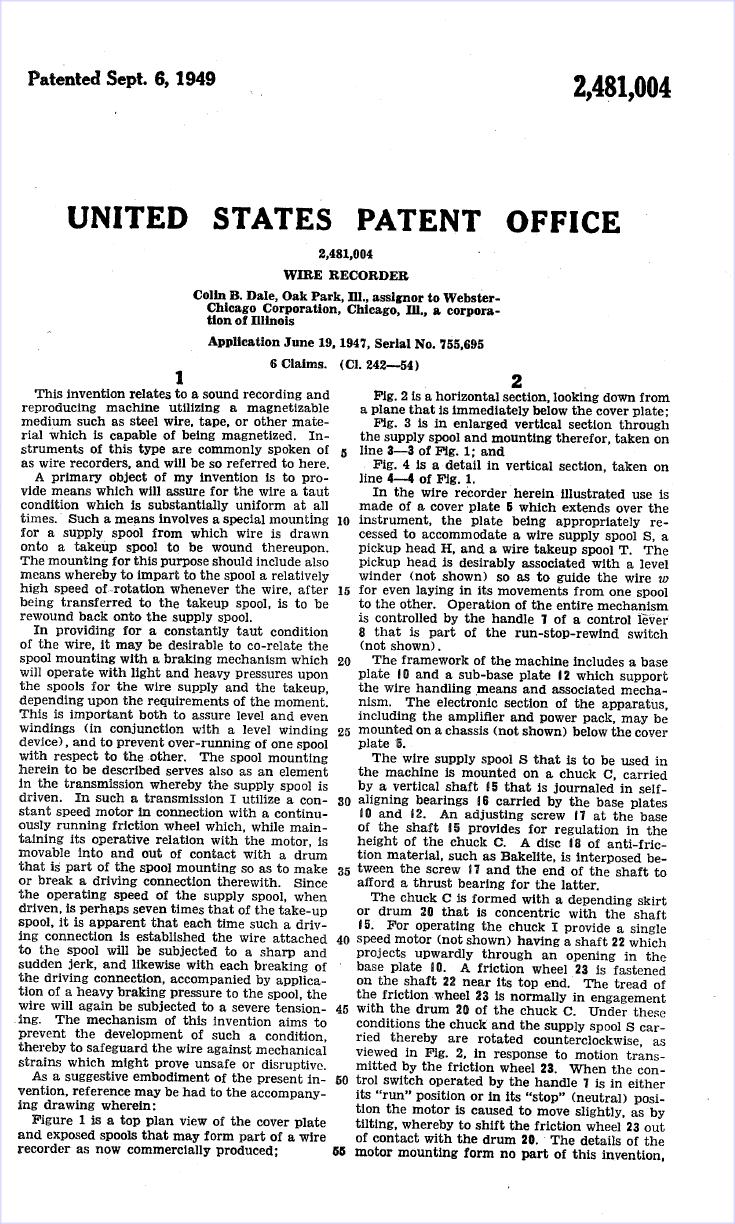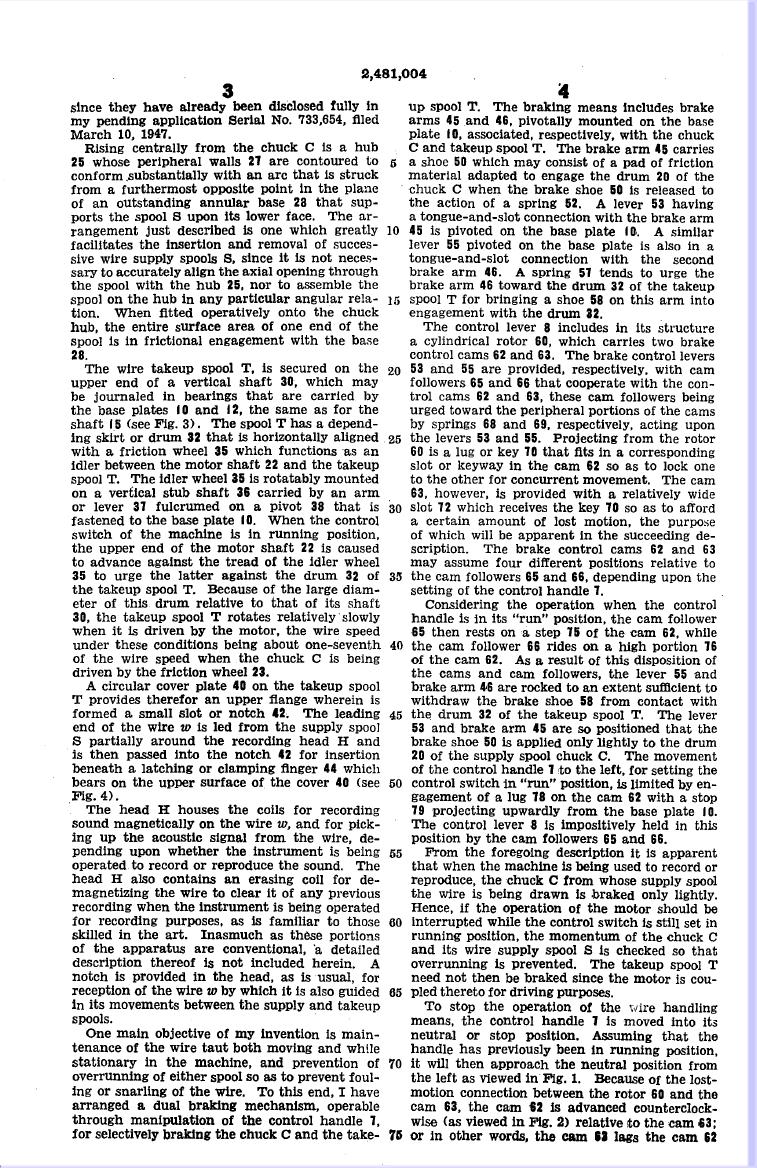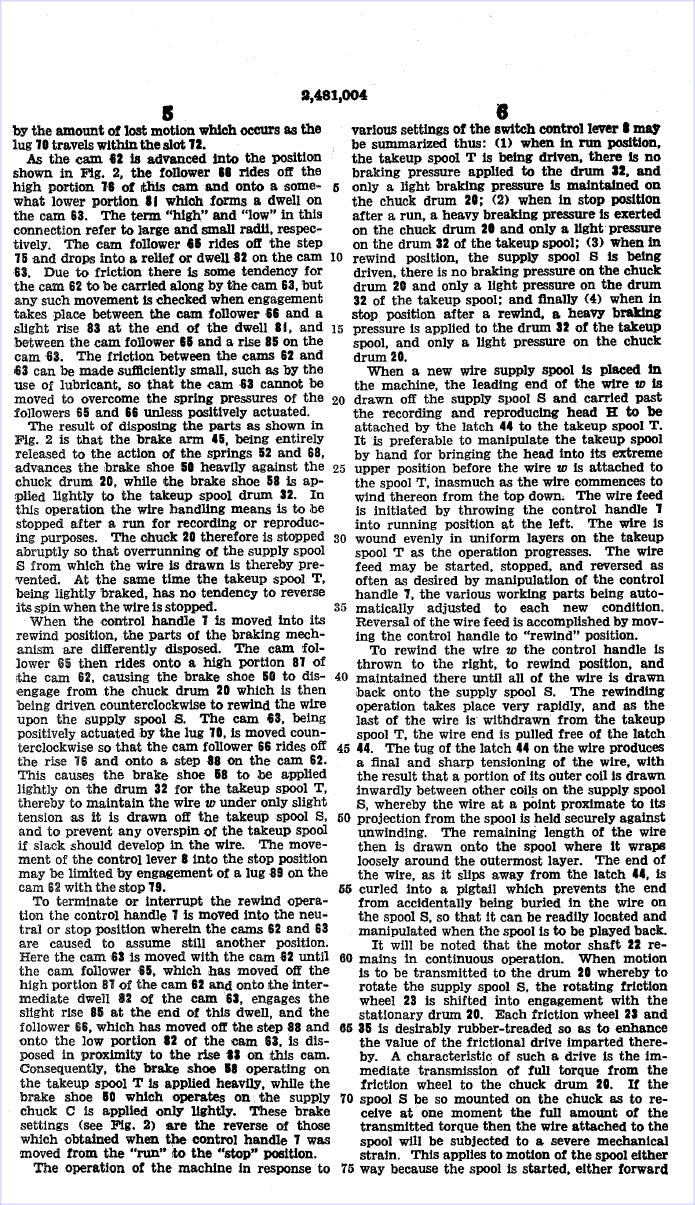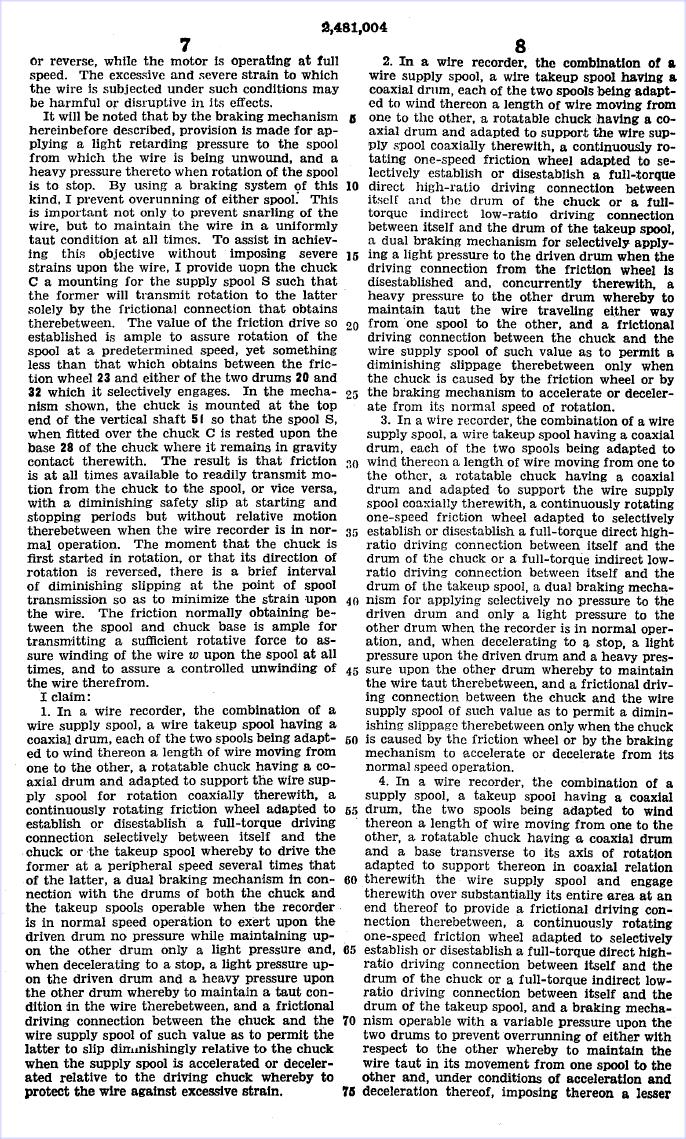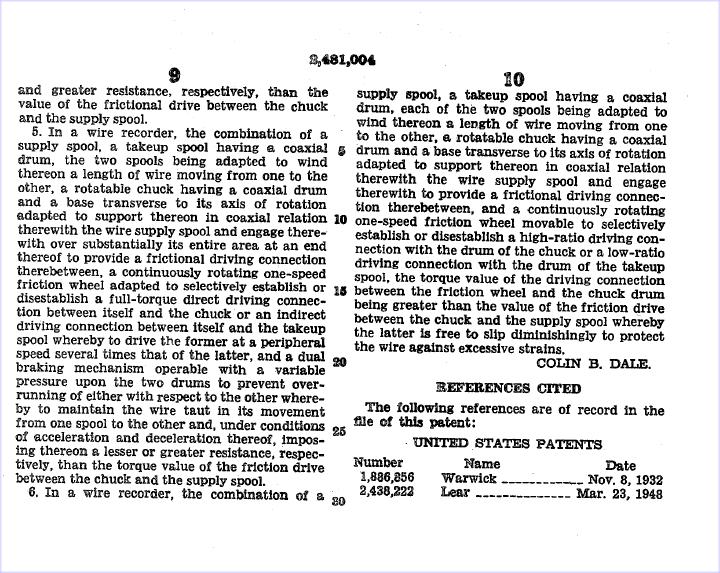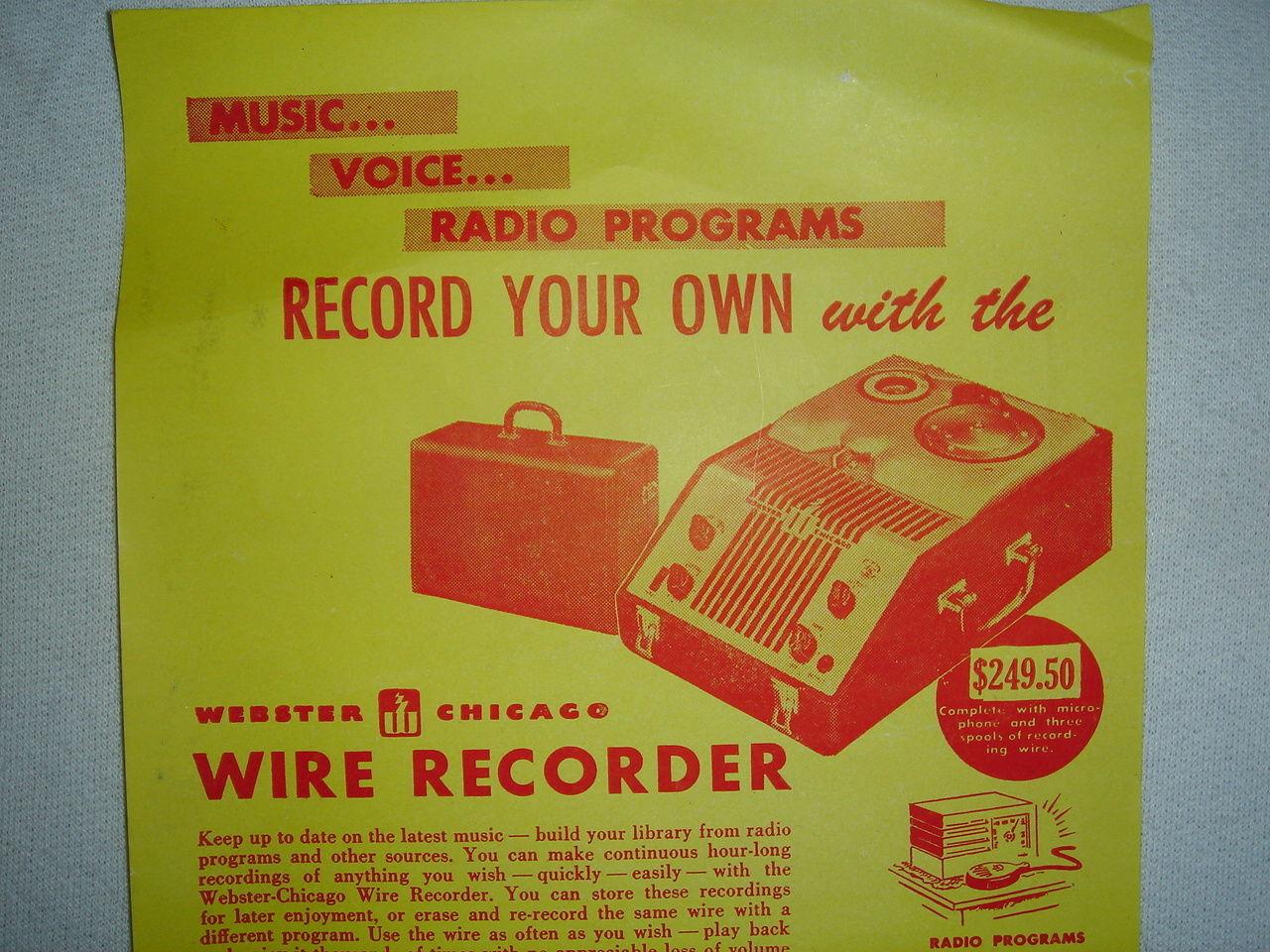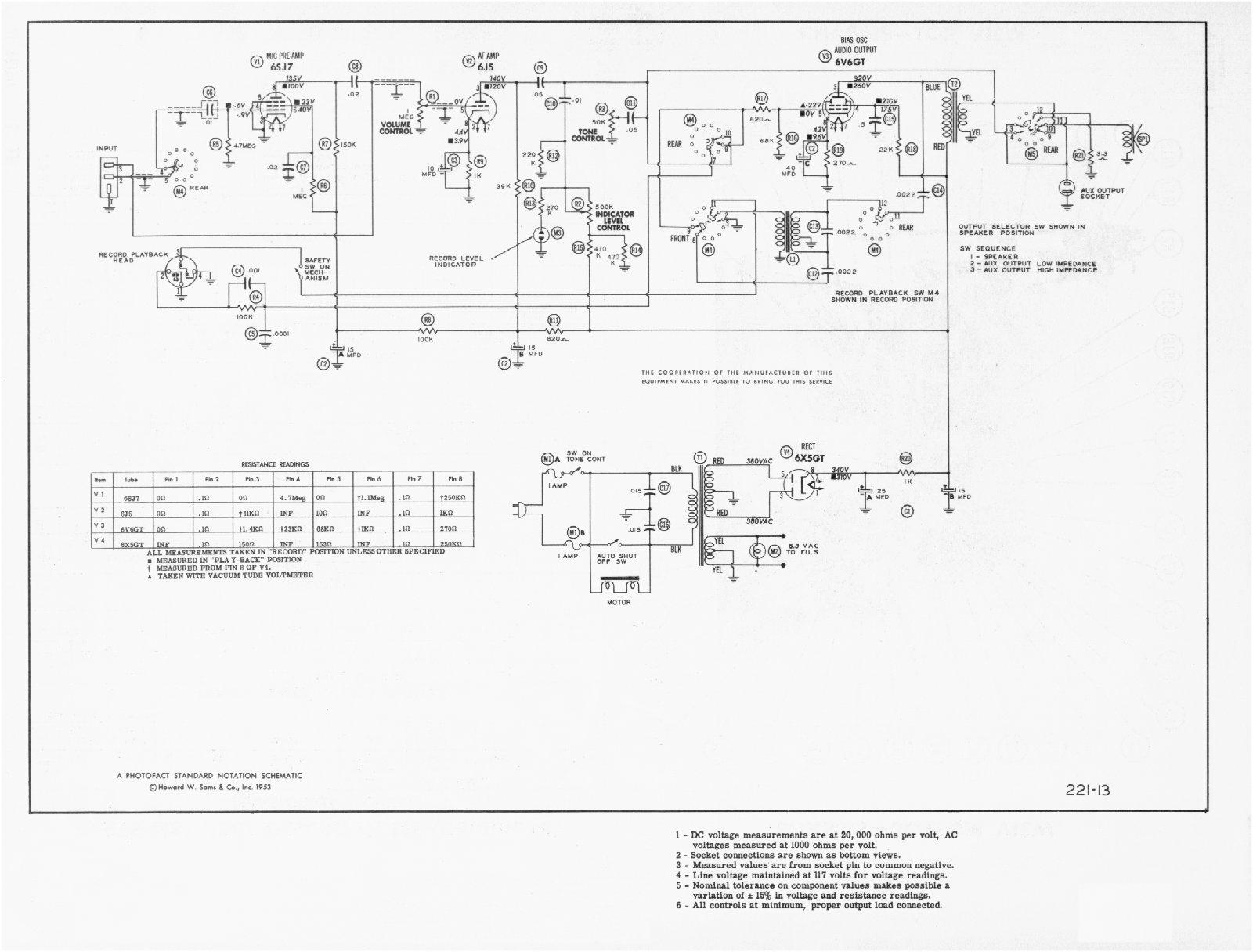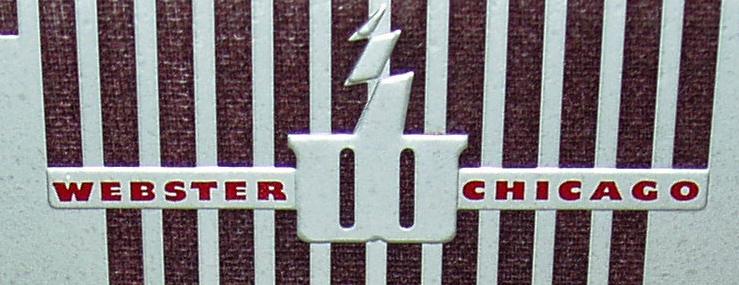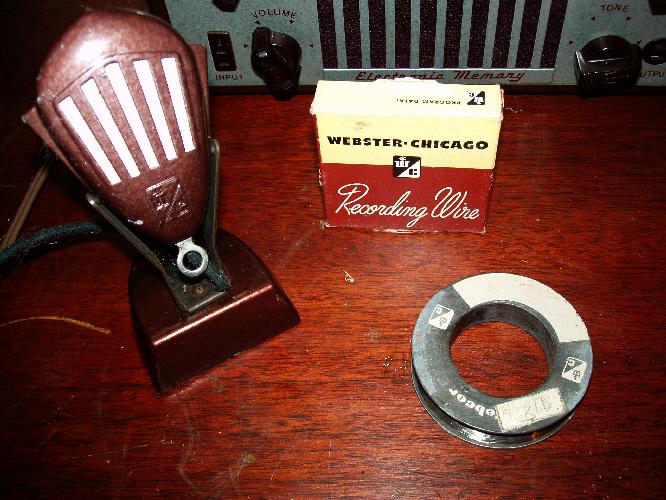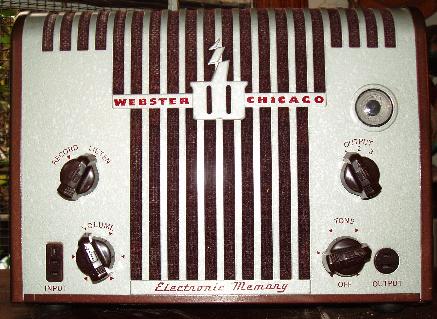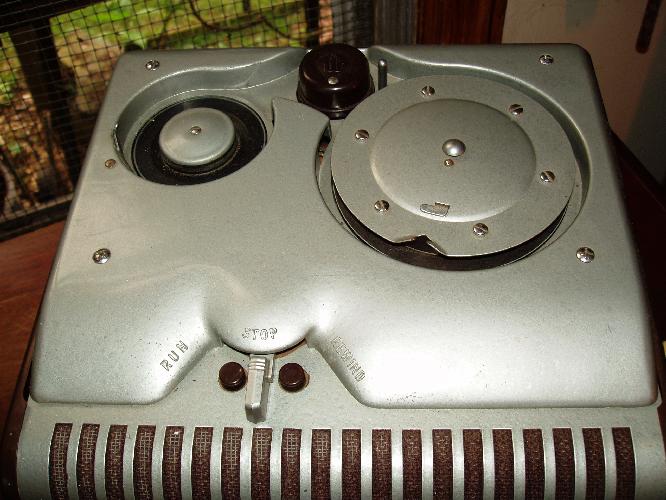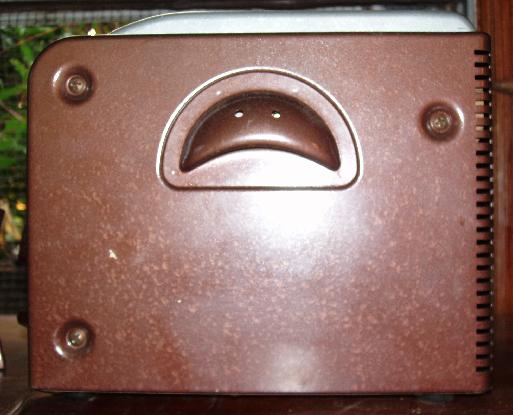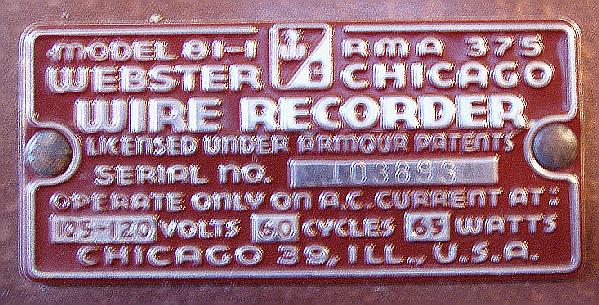Webster-Chicago Corp. (Webcor)
Webster-Chicago of Chicago, Illinois, also later known as Webcor was
once a leading manufacturer of business and consumer electronics spanning
more than half a century from 1914 to the late 1960ís. The product lineís
included power supply, intercom and PA systems, amplifiers, phonographs
and recording equipment.
In 1925 the first factory built radios in this country included "B"
battery eliminators and power packs made by Webster-Chicago. In 1926 their
laboratories designed and produced amplifying devices that helped create
the first talking motion pictures. Webster-Chicago went on to produce and
manufacturer amplification and phonograph equipment for entertainment,
public address and business intercom systems which were state of the art
for the time. They offered a new method of inter-office communications in
large scale applications such as factoryís, office buildings, hospitals
and schools.
Webster-Chicago Phonographs and Diskchanger were among the finest made
and often incorporated by other manufacturers into some of the best radio
and phonograph combinations of the time. They introduced many different
models and designs throughout the years and led the industry in several
innovations, including key contributions in pioneering the mutli-speed
automatic Diskchangers that were famous for many years.
In 1945, the company became a licensee of the Armour Research
Foundation and began manufacturing wire recorders, the first product being
a version of the Armour "military" wire sound recorder which it sold to
the U.S. Navy. The stainless steel wire was perfect for military
applications as it could withstand extreme temperature and climate
variations. After the war ended, Webster-Chicago continued to make wire
recorders and introduced a new line of machines oriented toward the
civilian market.
The "Webcor" brand was one of the best selling wire recorders ever made
and the company specialized in units for both office business and
consumers. The operation of the transport worked whereby a stainless steel
wire with a diameter of .0036 inches traveled past a moving recording head
at an average of 24 inches a second producing very good sound quality
especially in some of the later high end models.The production run lasted
from about 1945 through the early 1950's.
In 1952 the company also started producing tape recorders and
eventually dropped its wire recorder line as the industry movement towards
Hi-Fi was beginning. In that same year Webster-Chicago Corp also decided
to change its name to Webcor, a shortened and more streamlined name to
take the company forward into the 1950ís. The conversion of the name
actually showed up on some of thier product line that year. One example
was the model 210 Tape Recorder in which the top head cover displayed the
name Webcor and the bottom head cover displayed the name Webster-Chicago.
The Model 210 was also the first tape recorder built for the consumer
market with dual record/play heads and two balanced induction motors. This
would allow for playing a tape in both directions without having to turn
the reels over by hand and a single TV type control knob for ease of
operation, huge selling points at that time. In 1953 the company also
produced a matched 3 speaker series (213X) which began their endeavors
into the Hi-FI arena. This development was also incorporated into their
Webcor (Fonograph) product line as well.
Webcor continued to produce consumer electronics throughout the 1950ís
and into the 1960ís creating many innovations in Hi-Fi and Stereo. The
company did have business problems in later years as the industry became
more competitive and saturated with foreign and domestic electronics.
The testiment to the quality of Webster-Chicago products is the fact
that so many are still working some five or six decades later and can be
found for sale on many auction and vintage electronics sites. Whoever said
"They just don't build them like they used to" must have meant
Webster-Chicago!!.
The Webcor 181 wire recorder is the unit that puts magnetic recording
in the hands of thousands because of its low cost. The semi portable
studio model has every feature of the larger Webcor 288 for ease of
operation and general performance. However the 181 is especially suited
for studio, in-plant and classroom use. Thousands of clergymen find the
181 a useful tool in rehearsing sermons and bringing services to shut-ins.
Physicians use the 181 for recording case histories. Sales training
experts recommend the 181 for stimulating sales programs. Educators
recognize the contribution of the 181 to music, language and history
courses. Where there is a need for a magnetic recorder at an extremely low
cost, no unit equals the Webcor 181.
WEBCOR by Webster-Chicago
$98
Prices slightly higher west of the Rockies
Copyright 1953
Source:
http://albotti.home.comcast.net/webcor/181.htm
Webcor Recorders After the War
The production went from 1945-1952 when the company moved to tape
recorder production.
Model 78 Looked like a Model 79 in a compact metal
chassis. It had a VU meter for recording level. Wire speed was 24
inches per second, and the unit had a microphone, amplifier,
loudspeaker,cabinet.
Model 79-- a "foundation unit" or transport - no electronics or
cabinet. the mechanism is identical to that used in the "Model 80
wire recorder." Amplifier used 6SJ7, 6SN7, 6V6, and a 6X5 rectifier.
It weighed 10 lbs. Accessories were parts #W-173 (15 min wire);
W-174 (30 min wire); W-175 (hour wire); W-077 (empty bakelite spool, 15
min capacity); W-095 (empty die cast spool, one hour capacity); It
sold for for $52.92 at Radio Shack and Lafayette. in Feb '48
Model 79 was a "base unit," or chassis, for
hobbyists. The instruction manual came with plans for building an
amplifier.
Model 80 -- Major seller c. 1940s. Advertised from June
1947; included Shure MM-35 crystal microphone; price $149.50
advertized from '47-49; Consumer Reports said it had a strong shock
hazzard in 1949; weighed 29 Lbs Included were three wire spools;
Described as model 80-1 in '49 consumer reports. Similar to the
models 78 and 180. Two different cabinets for the Model 80- were offered--
a rectangular fabric-covered wood cabinet including sloping control
panel ( used on Model 181), and a compact metal cabinet. The
cabinet measured 7.5X 11.5 X 17.5 inches. It had a suitcase
case covered in brown plastic.
Model 178 -Marketed from April 1950 at $107.50; just
a chassis provide a 0 70-5000 Hz frequency response. looked like
Model 79
Model 180 marketed from April 1950; at
$149.50; included a 2 watt amplifier; provided a 70-5000 Hz
frequency response.
Model 181 Marketed from April 1950;at $98.50;
included a tabletop cabinet;and 1.5 watt amplifier;provided
70-5000 Hz frequency response
